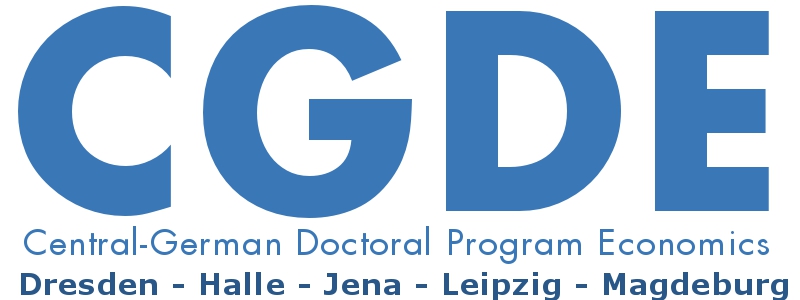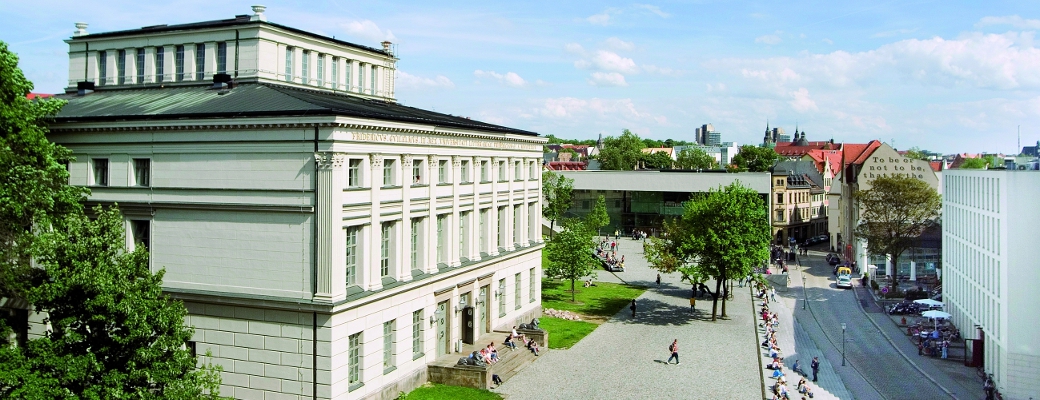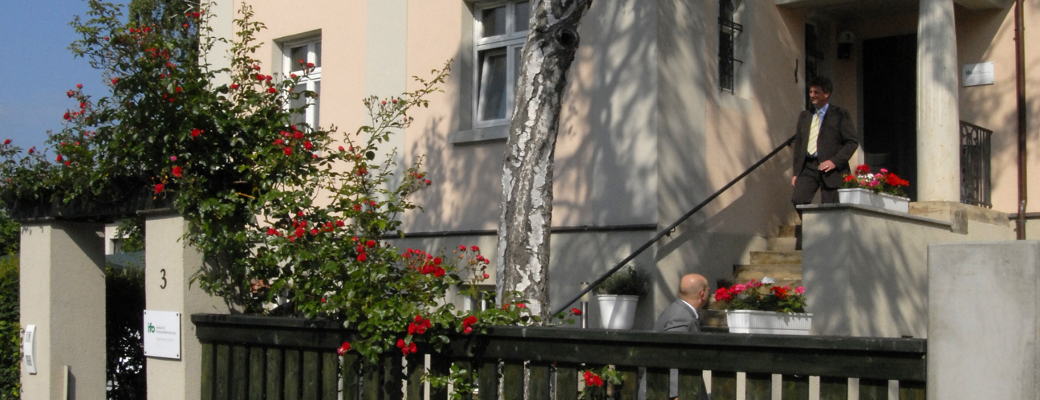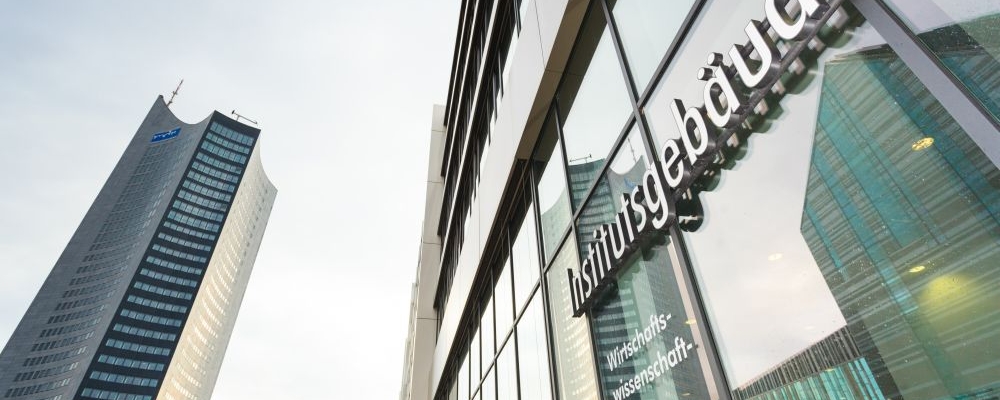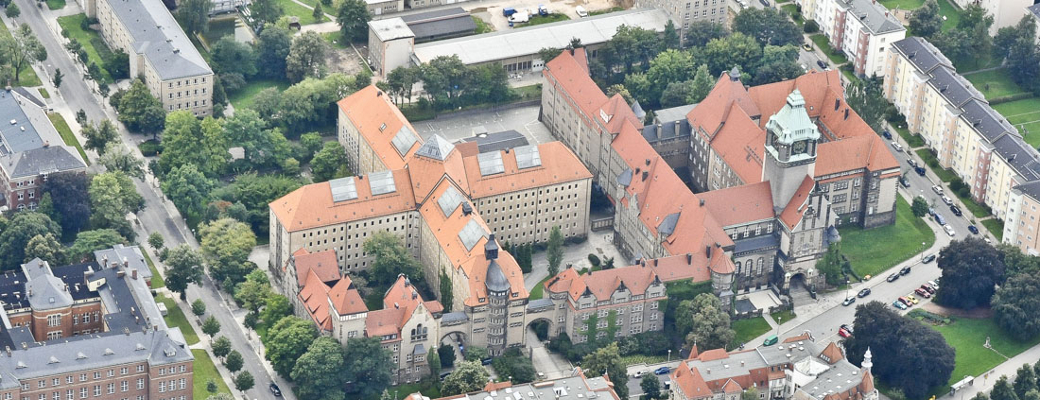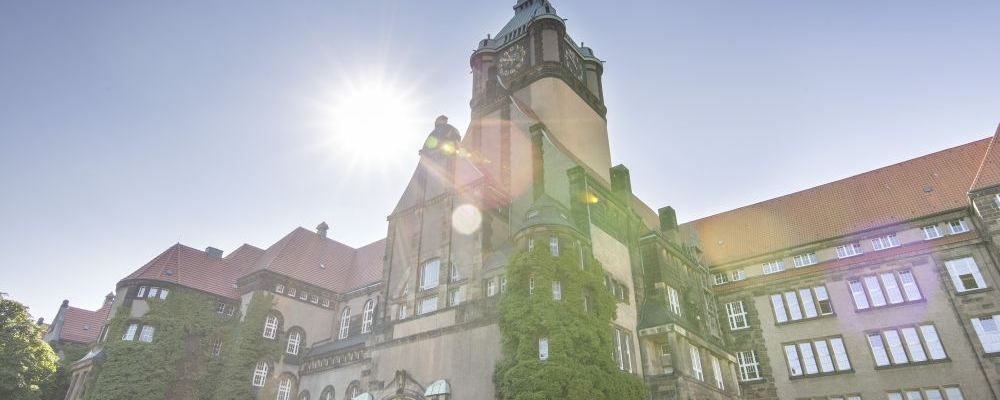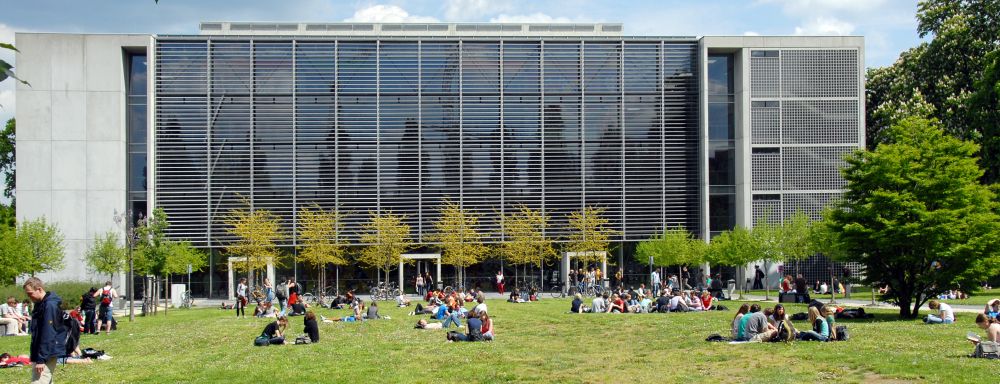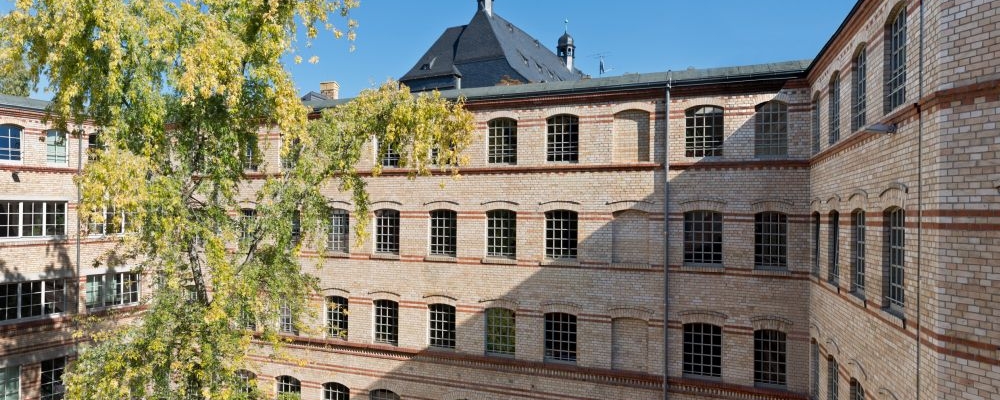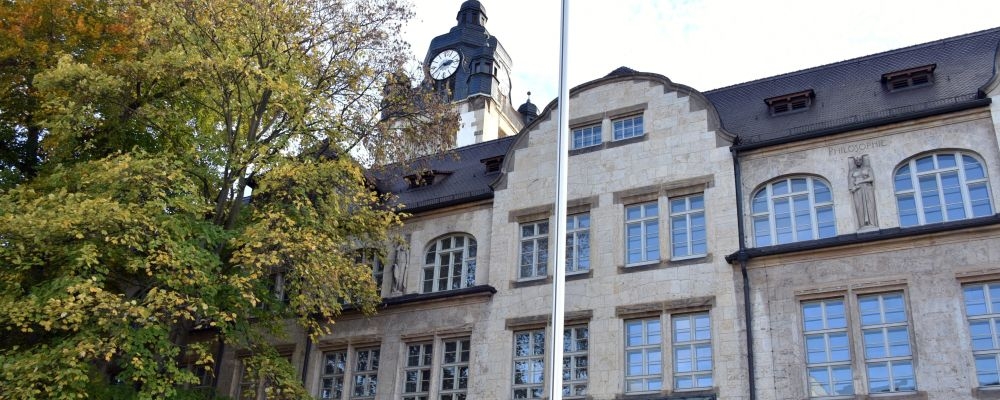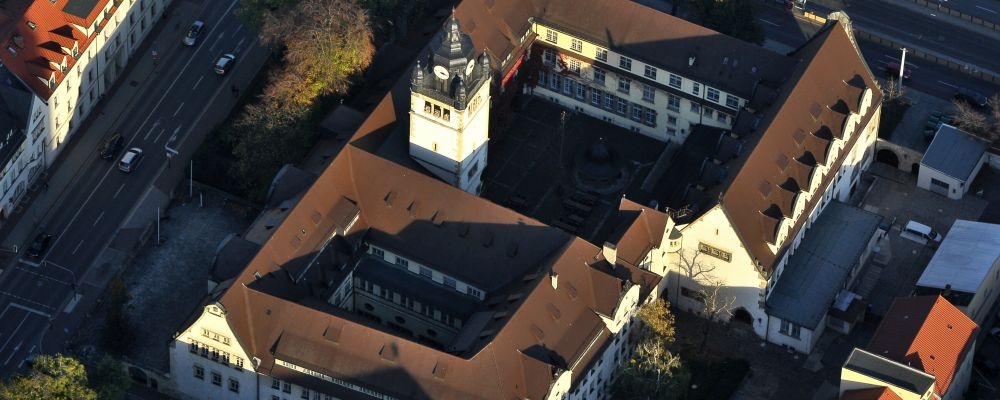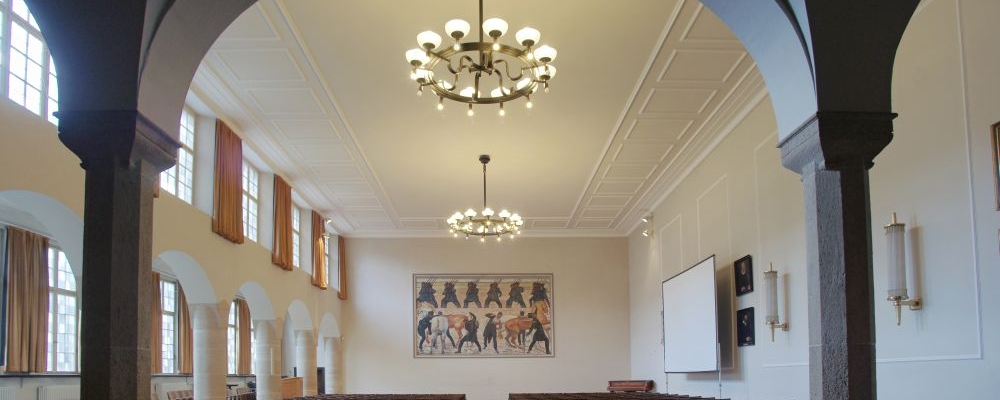Innovation and the Dynamics of Industries
organized by GSBC – „Jena Graduate School on Behaviour in Social and Economic Change“, open to CGDE students
Lecturer: Prof. Dr. Uwe Cantner (Chair of Microeconomics, Friedrich Schiller University Jena)
Date: January 12-15, 2014 (15,5 h lecture, 8,5 h self-study, 3,5 h presentations)
Venue: Friedrich Schiller University Jena, Bachstr. 18k, 207/102
Registration: Please contact Tina Wolf, E-mail: tina.wolf@uni-jena.de, until December 30, 2014.
Course Outline:
This course focusses on the dynamics of industries which are driven by the innovative and imitative activities of firms. A discussion of the theory and empirics of the so-called Neo-Schumpeter Hypotheses is followed by an introduction into stylized facts, into the pattern of innovation and into related industry classifications. To understand and explain these patterns theoretical and empirical approaches of technological dynamics (forging ahead, catching-up), entry and exit, and market share dynamics are introduced. In a last step those concepts are integrated into the framework of the industry life cycle. Theoretical as well as empirical approaches will be presented.
Each student has to present a paper from a list of recent papers, which will then be discussed in class. The purpose is to identify current research topics.
Presentation of a paper (50% of final grade): Students will be assigned a paper after registering for the course. Presentations are scheduled for.
Research proposal (50% of final grade): Students have to submit a proposal on an industrial dynamics project within a month after the course. Further details will be provided during the course.
Time Schedule:
Monday, Jan. 12:
15:30-17:00 lecture
17:30-19:00 self-study
Tuesday, Jan 13:
8.30-12.00 lecture
13:30-17.00 self-study/seminar participation
Wednesday, Jan. 14:
8:30-12:00 lecture
13:30-16:00 lecture
16:30-19:00 self-study
Thursday, Jan. 15:
8:30-12:00 lecture
13:30-17:00 presentations by PhD students
Selected Papers/Readings (also for student presentations):
[1] Dunne, P., Hughes, A., Age, Size, Growth and Survival: UK Companies in the 1980s, The Journal of Industrial Economics 42, 1994, 115-140
[2] Lee, G., Folta, T., Lieberman, M., Relatedness and Market Exit, INSEAD Working Paper No. 2010/39/ST, 2010
[3] Castellacci, F., Technological paradigms, regimes and trajectories: Manufacturing and service industries in a new taxonomy of sectoral patterns of innovation, Research Policy 37, 2008, 978–994
[4] Audretsch, D.B., Mahmood T., The rate of hazard confronting new firms and plants in U.S. manufacturing, Review of Industrial Organization, 1994, 9, 41-56
[5] Cantner, U., Krüger, J.J. von Rhein, K., Knowledge and Creative Destruction over the Industry Life Cycle – The Case of the German Automobile Industry, Economica 76(301), 2009, 132-148
[6] Cantner, U., Krüger, J.J., Geroski´s Stylized Facts and Mobility in Large German Manufacturing Firms, International Journal of Industrial Organisation 24(3), 2004, 267-283
[7] Cantner, U., Krüger, J.J., Micro-Heterogeneity and Aggregate Productivity Development in the German Manufacturing Sector – Results from a Decomposition Exercise, Journal of Evolutionary Economics 18(2), 2008, 119-134
[8] Coad, A., Testing the principle of the ‘growth of the fitter’: the relationship between profits and firm growth, Structural Change and Economic Dynamics 18, 2007, 370-386
[9] Cohen, W., Levin, R.C., Empirical studies of innovation and market structure, in: Schmalensee, R. (ed.), Handbook of Industrial Organization Volume I, Elsevier Science Publishers B.V., 1989, 1060-1107
[10] Davies, S.W., Geroski, P.A., Changes in concentration, turbulence, and the dynamics of market shares, Review of Economics and Statistics, 1997, 383-91
[11] Geroski, P.A., What Do We Know About Entry?, International Journal of Industrial Organization, 1995, 13, 421-440
[12] Gort, M., Klepper, S., Time Paths in the Diffusion of Product Innovations, Economic Journal 92, 1982, 630-653
[13] Klepper, S., Entry, Exit, Growth, and Innovation over the Product Life Cycle, Journal of American Economic Review 86, 1996, 562-583
[14] Klepper, S., Graddy, E., The Evolution of New Industries and the Determinants of Market Structure, Rand Journal of Economics 21, 1990, 27-44
[15] Malerba, F. & Orsenigo, L. Technological regimes and sectoral patterns of innovative activities Industrial Corporate and Change, 1997, 6, 83-117
[16] Malerba, F., L. Orsenigo, P. Peretto, Persistence of innovative activities, sectoral patterns of innovation and international technological specialization, International Journal of Industrial Organization 15, 1997, 801-826
[17] Pavitt, K. Sectoral patterns of technical change: towards a taxanomy and a theory Research Policy, 1984, 13, 343-73
[18] Utterback, J.M., Abernathy, W.J., A Dynamic Model of Process and Product Innovation, Omega 3, 1975, 639-656
[19] Utterback, J.M., Suàrez, F.F., Dominant Designs and the Survival of Firms, Strategic Management Journal 16, 1995, 415-430
[20] Vaona, A., Pianta, M., Firm size and innovation in European manufacturing“ Small Business Economics, 30, 2008, 283-299
